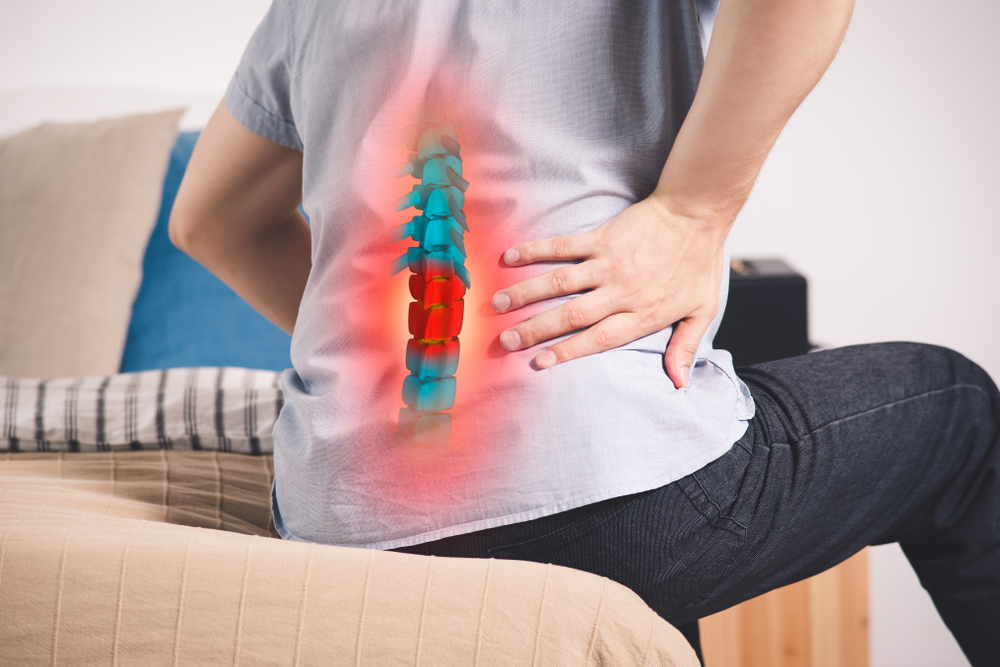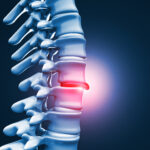
Spondylolisthesis

The bones of the spine are arranged to give the spinal column stability. Damage or defects within the supporting structures of the lumbar spine can be a source of back pain. A crack in the bony ring of the spinal column is called spondylolysis (spon-dil-low-lie-sis). If a crack occurs on both sides of the bony ring, the spine is free to slip forward. This condition is called spondylolisthesis (spon-dil-low-liss-the-sis). About 5% to 6% of people are affected by these two conditions. Spondylolysis mainly affects the lowest lumbar vertebra. The bony ring, formed by the pedicle and lamina bones, protects the spinal cord and spinal nerves. The bone is weakest between the pedicle and lamina, an area called the pars interarticularis—”pars” for short. A pars defect is believed to be a stress fracture. A stress fracture happens from repeated strain on a bone. At first your body is able to heal the damage. If strains repeat and happen faster than your body can respond, the bone eventually fractures. People are not born with spondylolysis. It commonly first appears in childhood. Football linemen and gymnasts are affected the most.
Spondylolisthesis occurs when a spondylosis occurs on both sides of the bony ring. A crack on both sides of the bony ring separates the facet joints from the back of the spinal column. The facet joints can no longer steady the vertebra, and the vertebra on top starts to slide forward, slowly stretching the disc below. In adults, there is usually no danger that the top vertebra will slide completely off the vertebra below. But teenagers sometimes have a unique type of spondylolisthesis in which one vertebra slips forward and slides completely off the vertebra below
Book an appointment
"*" indicates required fields








